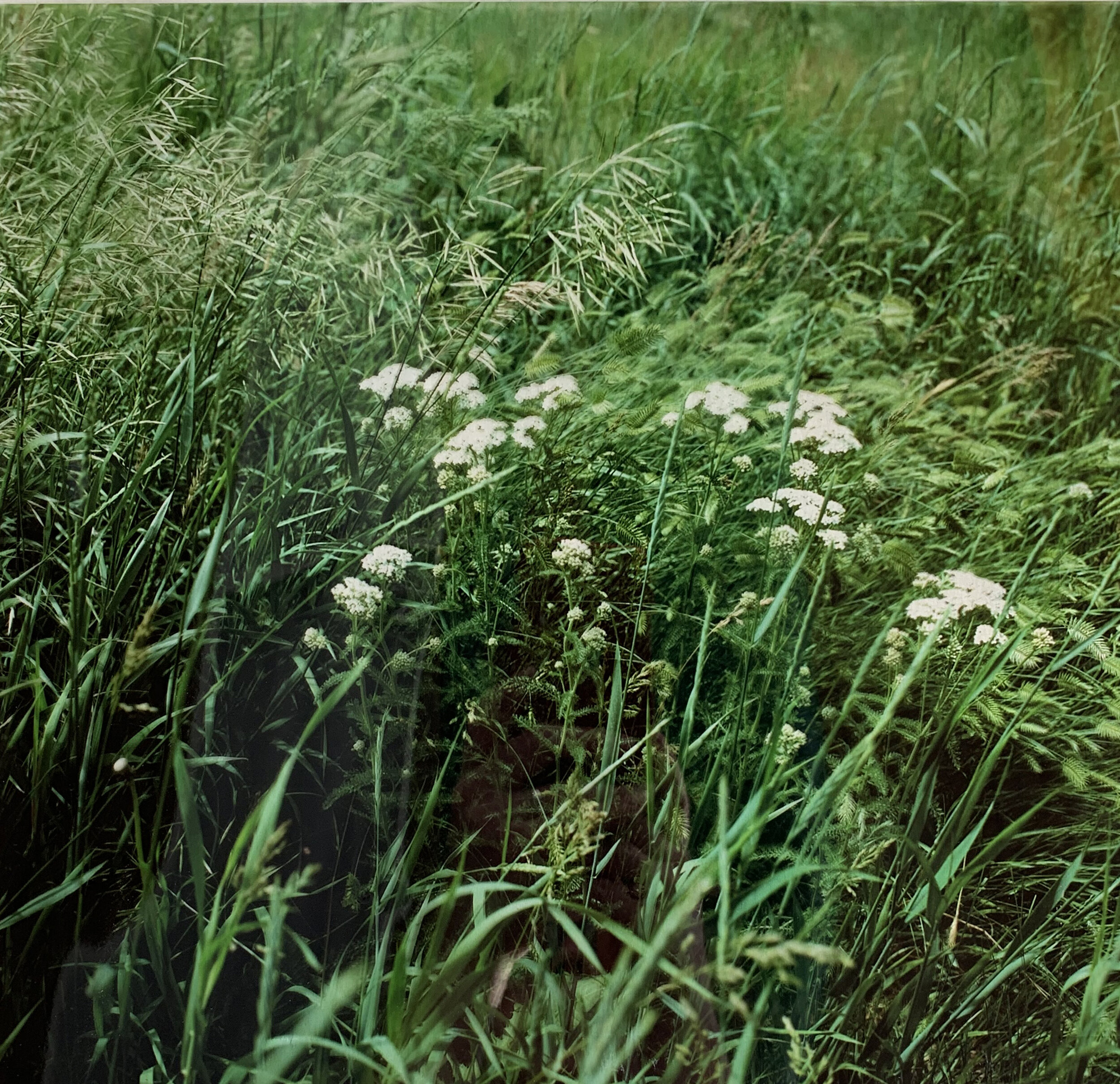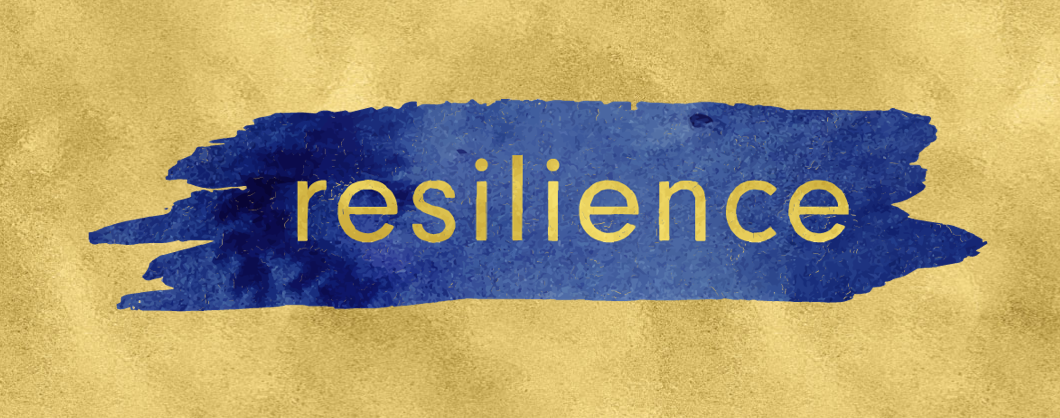Lindsey Bond
MFA Intermedia
Lindsey Bond CV
BIOGRAPHY (short)
Lindsey Bond (she/her) is an intermedia artist-mother born in amiskwacîwâskahikan (Beaver Hills House) or Edmonton. Lindsey’s intermedia art practice works to disrupt and restory her white-settler family archives. Lindsey grows and sews conversations about family stories, settler colonialism and repair work. Lindsey works inter-generationally with her children and more-than-human-neighbors to sew entangled family stories on Treaty 6 Territory. Slow textiles, photographic processes, and hand grown herbal teas offers ways for her and collaborators to connect and question what stories are held together and which ones fray? The roots, leaves, folds, and stitches are where her responsibilities emerge to sew and share a relational legacy.
Lindsey received her MFA in Intermedia at The University of Alberta, her BFA in Photography Arts from Emily Carr University of Art + Design and studied Visual Communications at Edinburgh College of Art, Scotland. Lindsey is a self-taught textile artist whose Grandmothers were expert seamstresses and she thinks of them often when she sews. Lindsey is a dedicated cultural worker, teacher and volunteer who gives back to prairie Artist-Run-Centres. Lindsey facilitates city youth art projects, teaches specializing in textiles and traditional B&W and digital photography to all ages, newcomers and folx facing intellectual challenges.
Lindsey is currently sewing family whirlpools, she facilitates the Collab Quilt Collective and Sewing Inheritance workshops, and is an Art Instructor at Gallery 501 and Smeltzer House. Her artwork has been exhibited in The Alberta TREX Program, Gallery 1C03, Gallery 44, MAWA, and The Richmond International Film + Media Arts Festival. Visit @lindseybondstudio or http://www.lindseybond.ca/
Artist Statement
I am an intermedia artist-mother born in amiskwacîwâskahikan (Beaver hills House) or Edmonton on Treaty 6 Territory. I use slow textiles (embroidery, applique and mending techniques) and photographic/print processes to intervene in my white-settler family archives. Previous to my MFA, I primarily worked as photo-based artist on projects about the Edmonton Remand Centre and Canadian railway culture. Working with Artist-Run-Centres including Mentoring Artists for Women’s Art (MAWA) on The Resilience Project and attending the Train of Thought residency with Jumblies Theatre created a foundation from which I could begin acknowledging complex settler colonial harms and begin working towards “everyday decolonization” to unsettle, grapple and repair my own family stories.
To navigate personal and public interwoven histories, I decided to shift to incorporate inherited textiles into my art practice. This decision was put into practice when I inherited my family “red rose tea tin” photo archive and sought to develop a stronger relationship with my elderly Aunts who practice needlework. I created my MFA thesis work called Ecosystems of Memory, where I re-storied my Aunts stories and our family photo archive images through a large and heavy appliqué quilt and photo-sculpture series in 2021.
I continue to draw from images from my white-settler family “red rose tea tin” archive, to think-through my responsibility as mother and settler descendant to remember and sew a relationship with Treaty 6 Territory and kisiskâciwani-sîpiy /North Saskatchewan River. As settler descendant, I have repair work to do. I recognize roles women in my family have played in the “great” pioneer “hero” story. Here is where I intervene. In place of traditional cross-stitch and quilting, I create messy appliqué textiles, prints and photographs in attempts to re-write our family stories to include the details of settler colonization that have previously not been included. Our evolving family album is one that takes is multifaceted picturing the gifts and harms present in white-settler women’s farm stories.
My repair work continues by re-connecting with our invasive and native plant neighbours taking form through eco-printing, natural dyeing and making tea. Working with inherited textiles, hand stitching and appliqué work has strengthened relationships with my Aunts, and community members whose inheritances weigh heavily. I started the Collab Quilt Collective to open up and sew transformative textiles conversations to shift the dialogue from my immediate family to a larger community discussion. I am wishing to work with public archives from the Canada West Magazine to further unravel and sew counter colonial discussions in the prairies.
I am descended from Scottish (MacLean), English (Reynolds/Bond), and German (Weich/Hoffman) families who farmed on Treaty 6 and 7, the ancestral lands of nêhiyaw, Métis, Blackfoot, Nakota Sioux, Dene, Anishinaabe and Inuit. The last four generations of the Reynolds/ Bond family lived near Lone Rock, SK (Treaty 6), the Hoffman family from Hannah/ Okotoks, AB (Treaty 7) and the MacLean family from Fredericton, NB, unceded territory of the Wəlastəkwiyik (Maliseet) Peoples.
Previously in 2017-2019, Bond was in the service of fifty Indigenous women artists and MAWA as the Project Coordinator for Resilience, a national billboard project curated by Mohawk curator, Lee-Ann Martin. Resilience is a public celebration, a creative act of reconciliation and commemoration of fifty (50) contemporary artworks by First Nations, Inuit, and Métis women artists. Produced by Mentoring Artists for Women's Art and funded through Canada Council's New Chapter grant.
In 2015/16, Lindsey worked on Imagine Home, a Youth WITH ART Community Art Project with seven youth from Among Friends, a Inclusion Winnipeg program. Supported by the Winnipeg Arts Council and City of Winnipeg, the youth investigated their relationship to place and identity through photography, drawing and writing culminating in a collection of zines and exhibition of colour Holga photography.
Ancient Selfie: An Exploration of 4 x 5 Camera Portraiture by Art City Participants
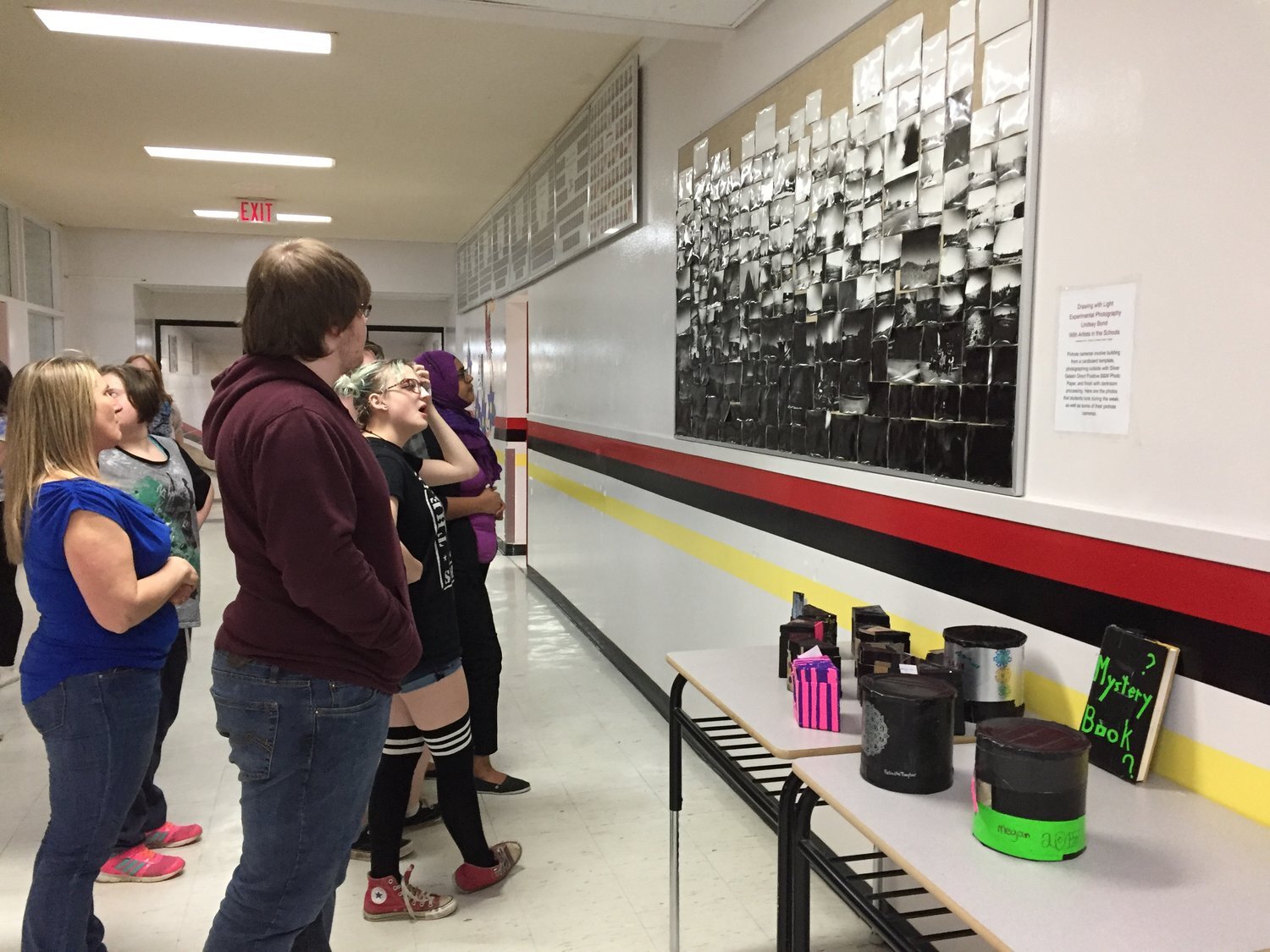

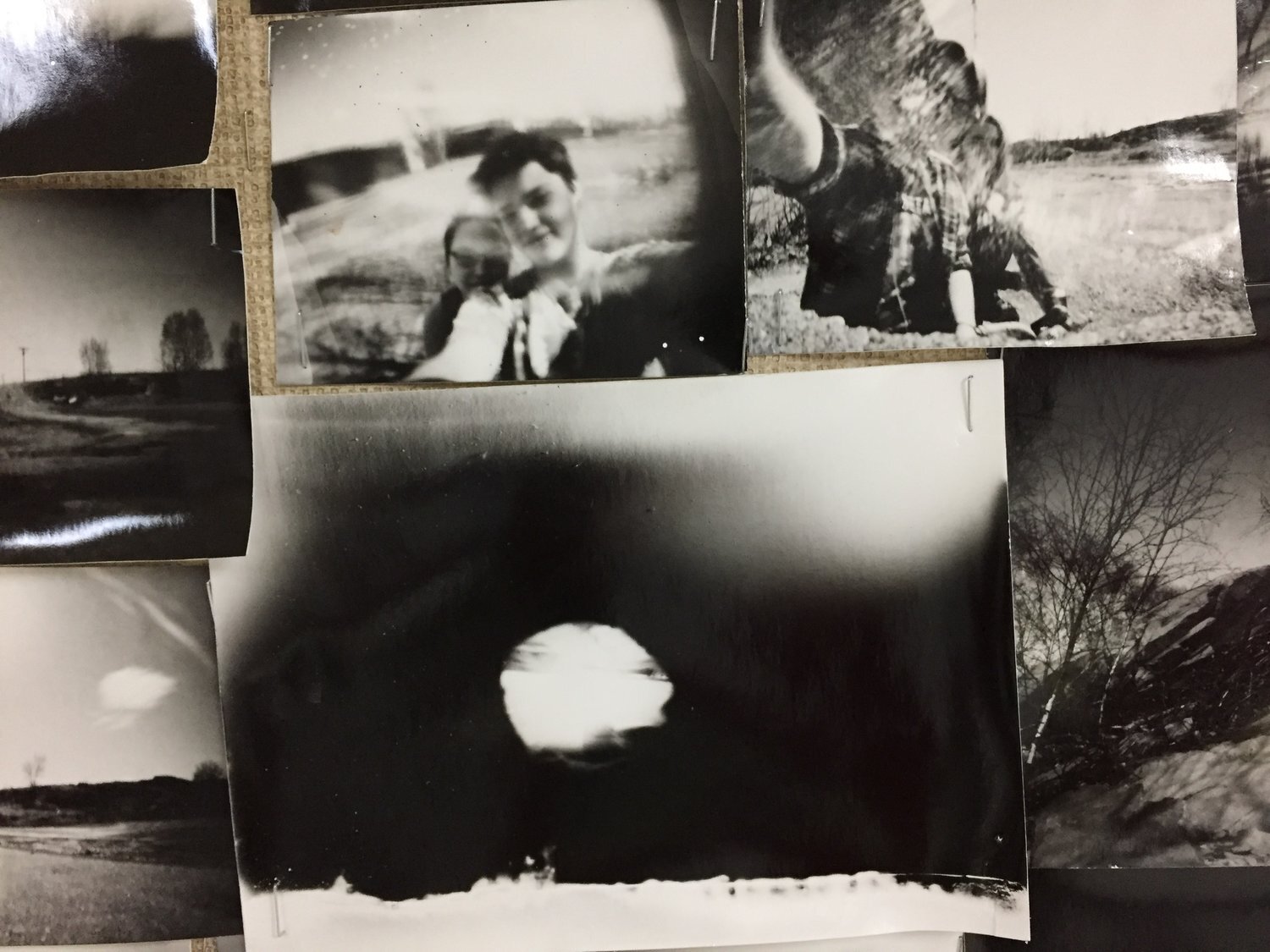
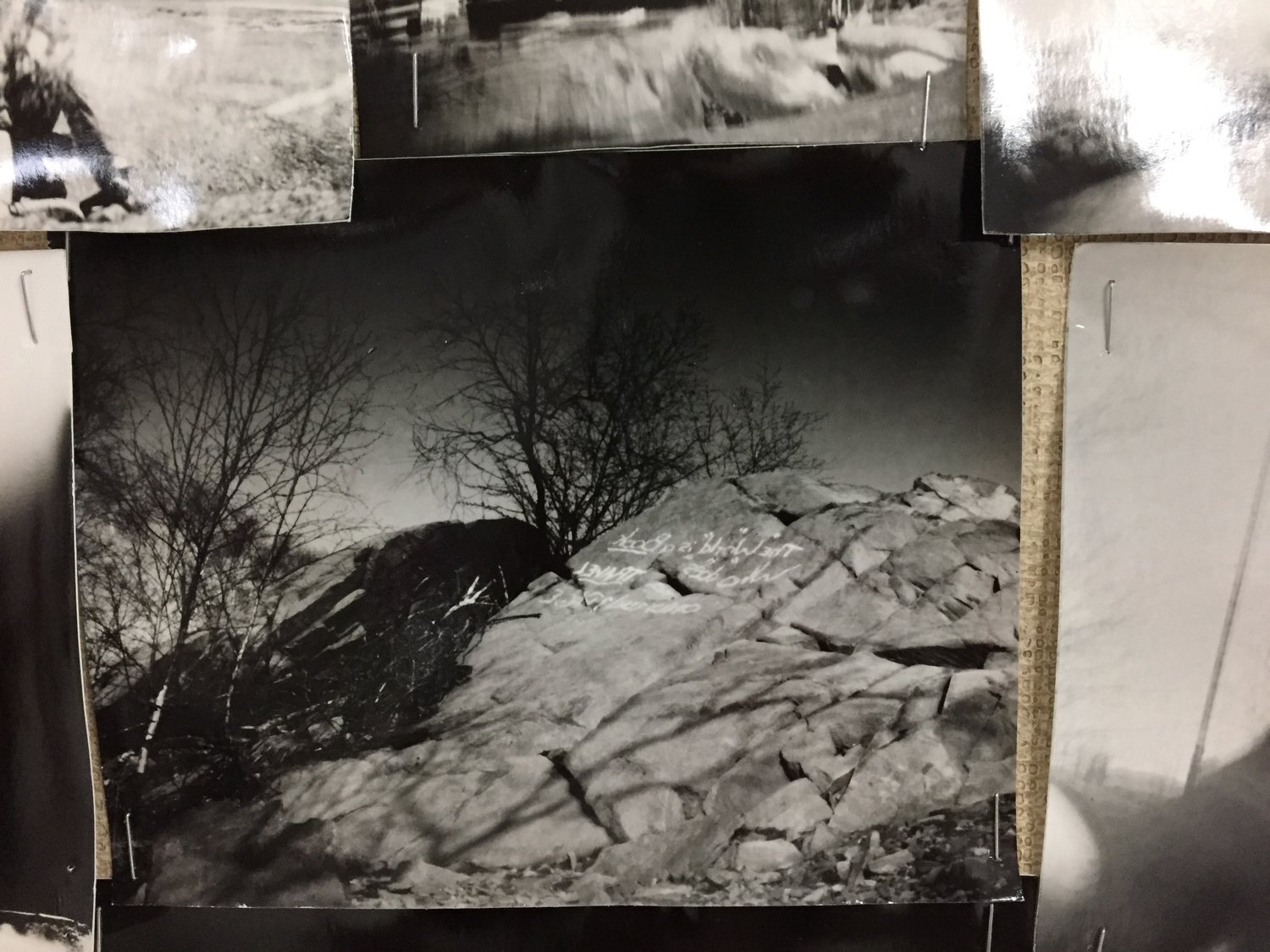

Experimental Photography (pinhole cameras) at Hapnot Collegiate, Flin Flon, MB
As an Artist in the Schools, through the Manitoba Arts Council, I teach Experimental Photography program where students learn about analogue image making through the creation of photograms, pinhole cameras with the option to work up to building a life size Camera Obscura and mural. This program builds students’ awareness about the inner workings of early cameras and optics by exploring the photographic fundamentals such as: perspective, focus, light theory and composition. Within natural and staged environments, students will also create ephemeral drawings, tracings and movements that capture and connect them to their local and national photographic milieu. Students will learn about specific artists and examples where early photography and painting and nature intersect, encouraging the class to reconsider the relationship between the two mediums historically and in their lived experience today. The experimental nature of this program makes photography an accessible and inclusive art form, opening up the creative potential of students. This program encourages the discovery of one’s own vision through a hands-on-learning, active looking and of course a bit of magic (or sleight of hand).
In June of 2015, Bond was a guest artist on Train of Thought, a community arts journey (with a company of 30+ artists, writers, dancers and philosophers) from west-coast to east-coast of Canada focusing on collaborations and alliances between First Nations and settler/immigrant artists and communities.

